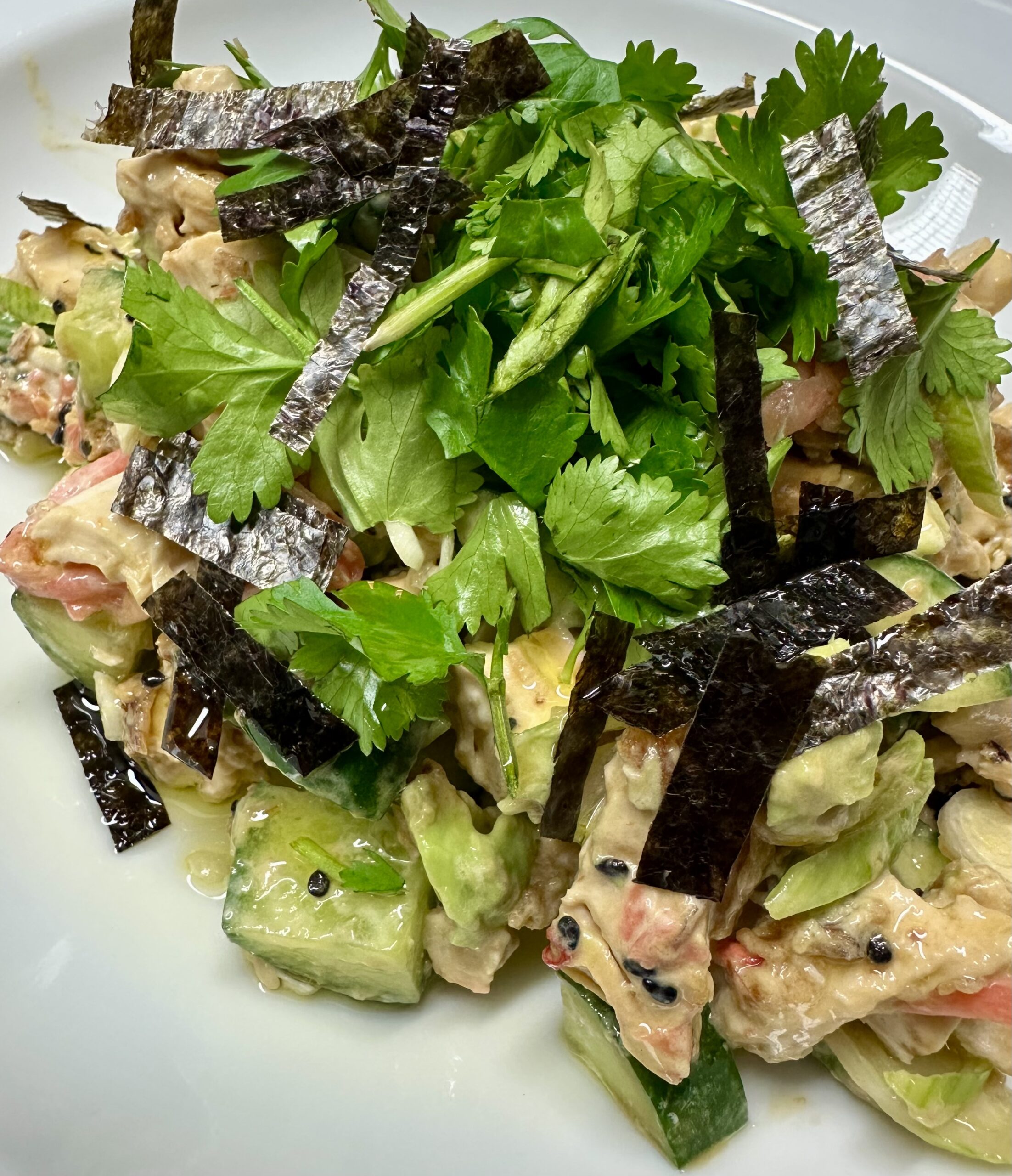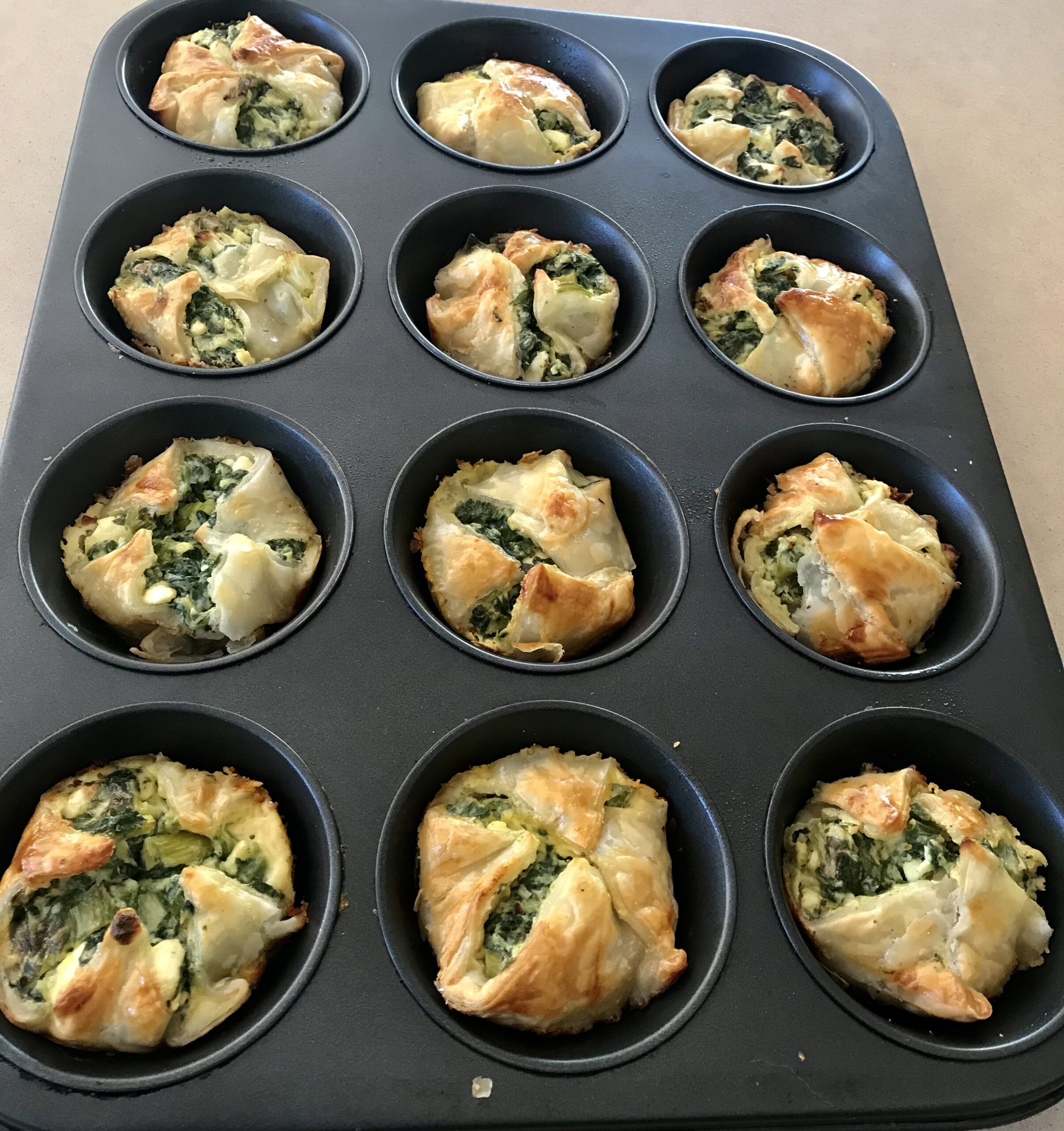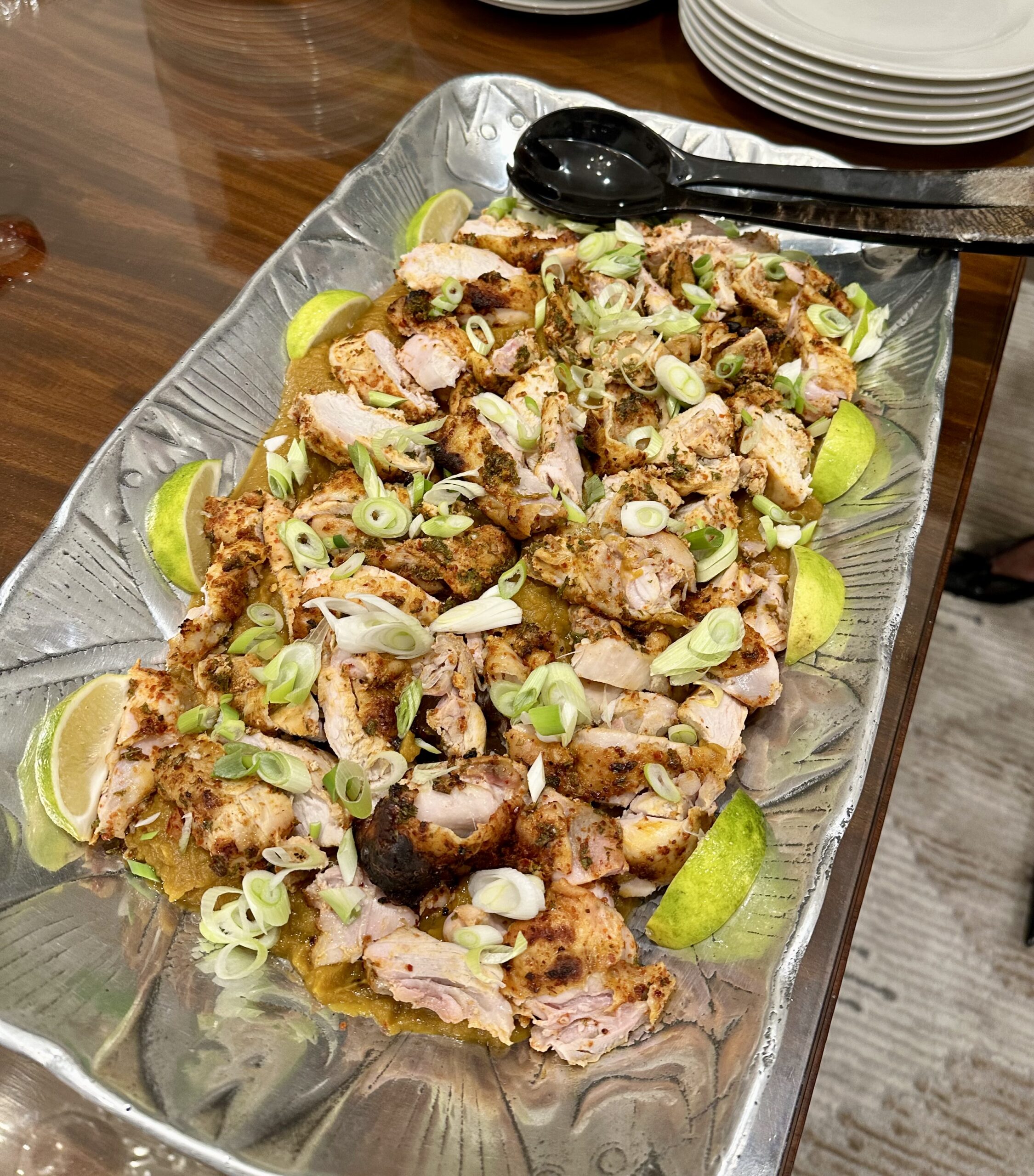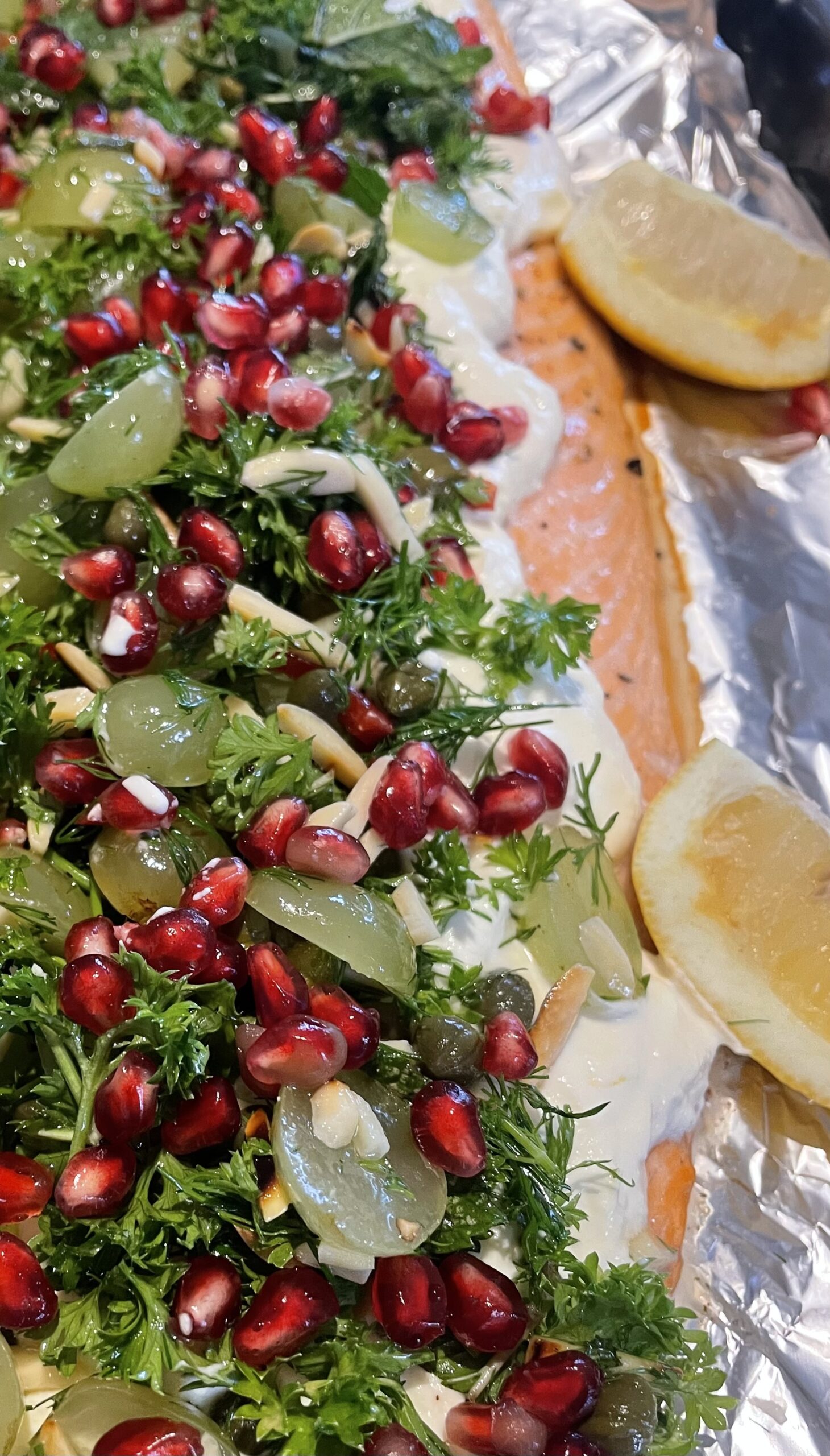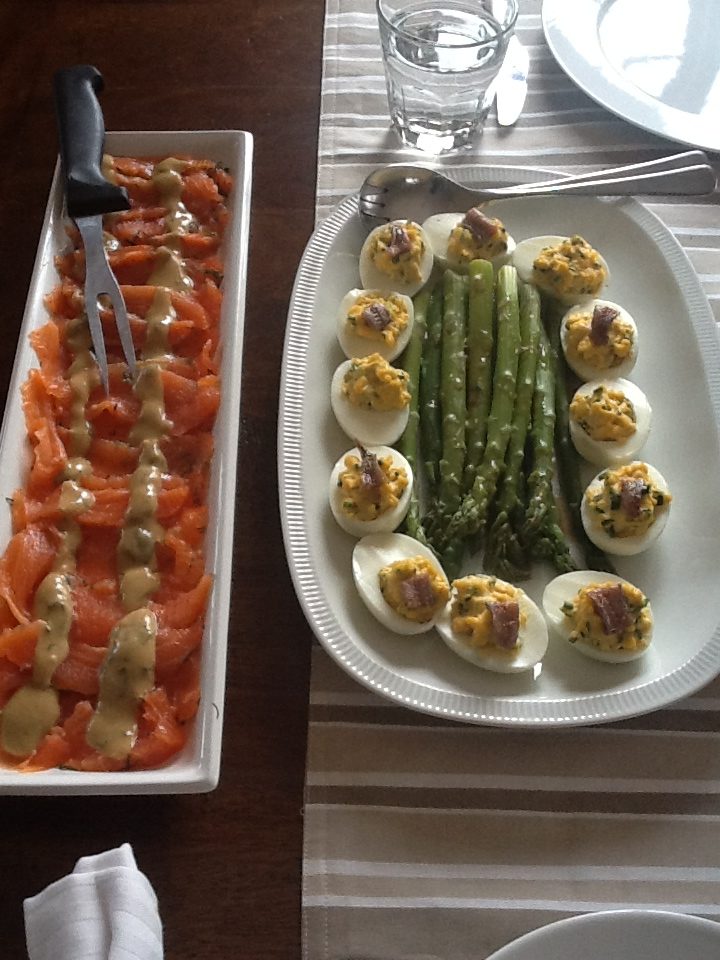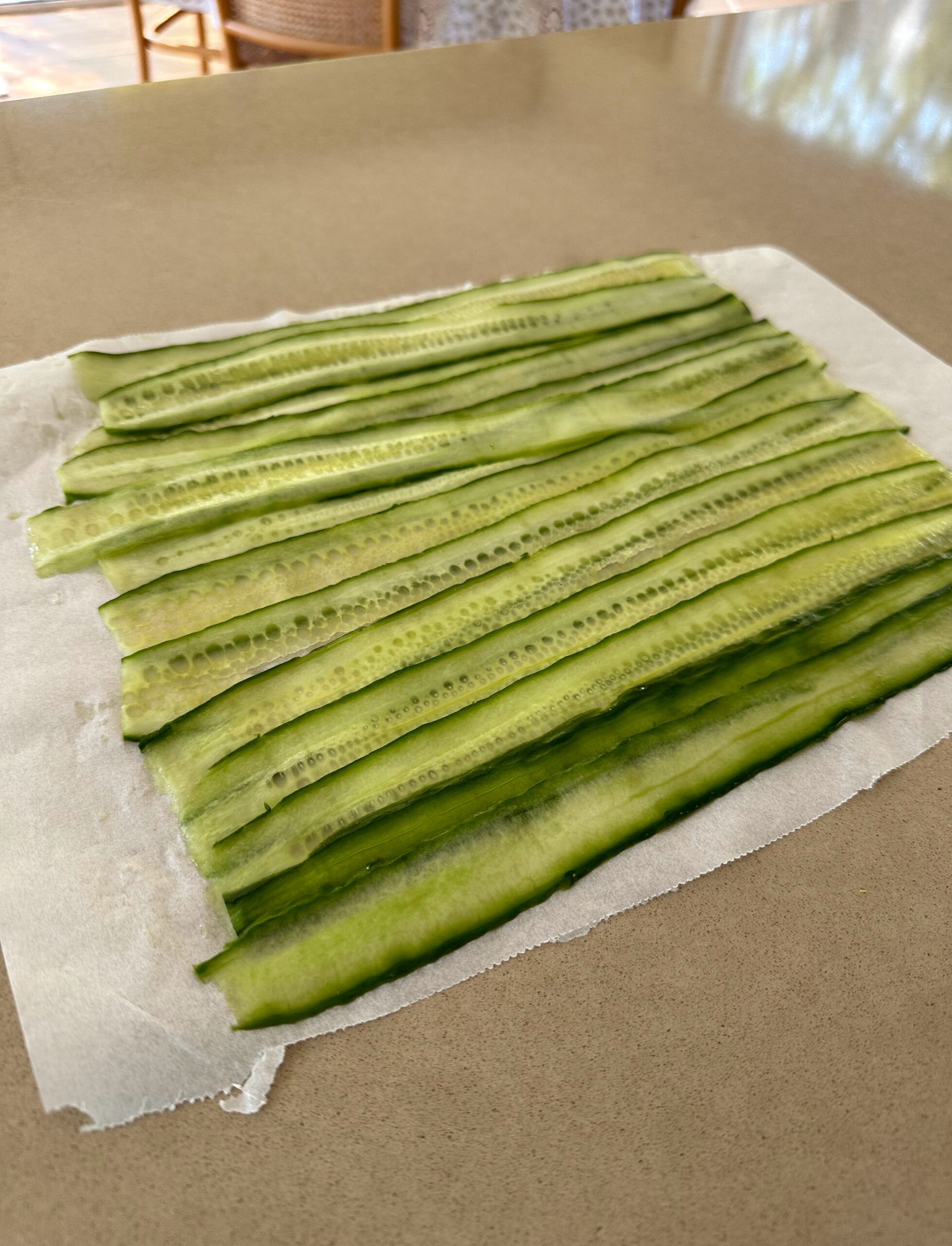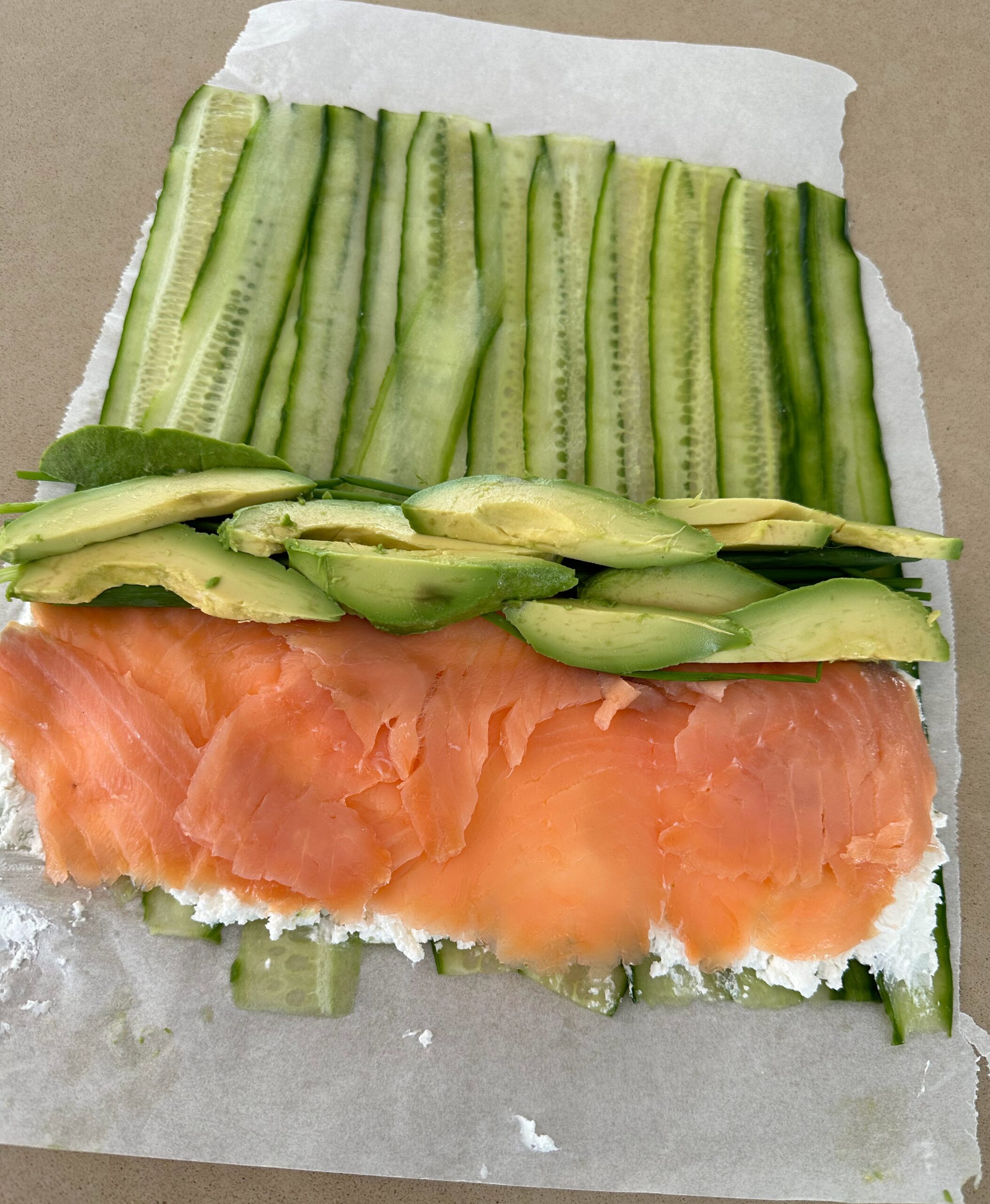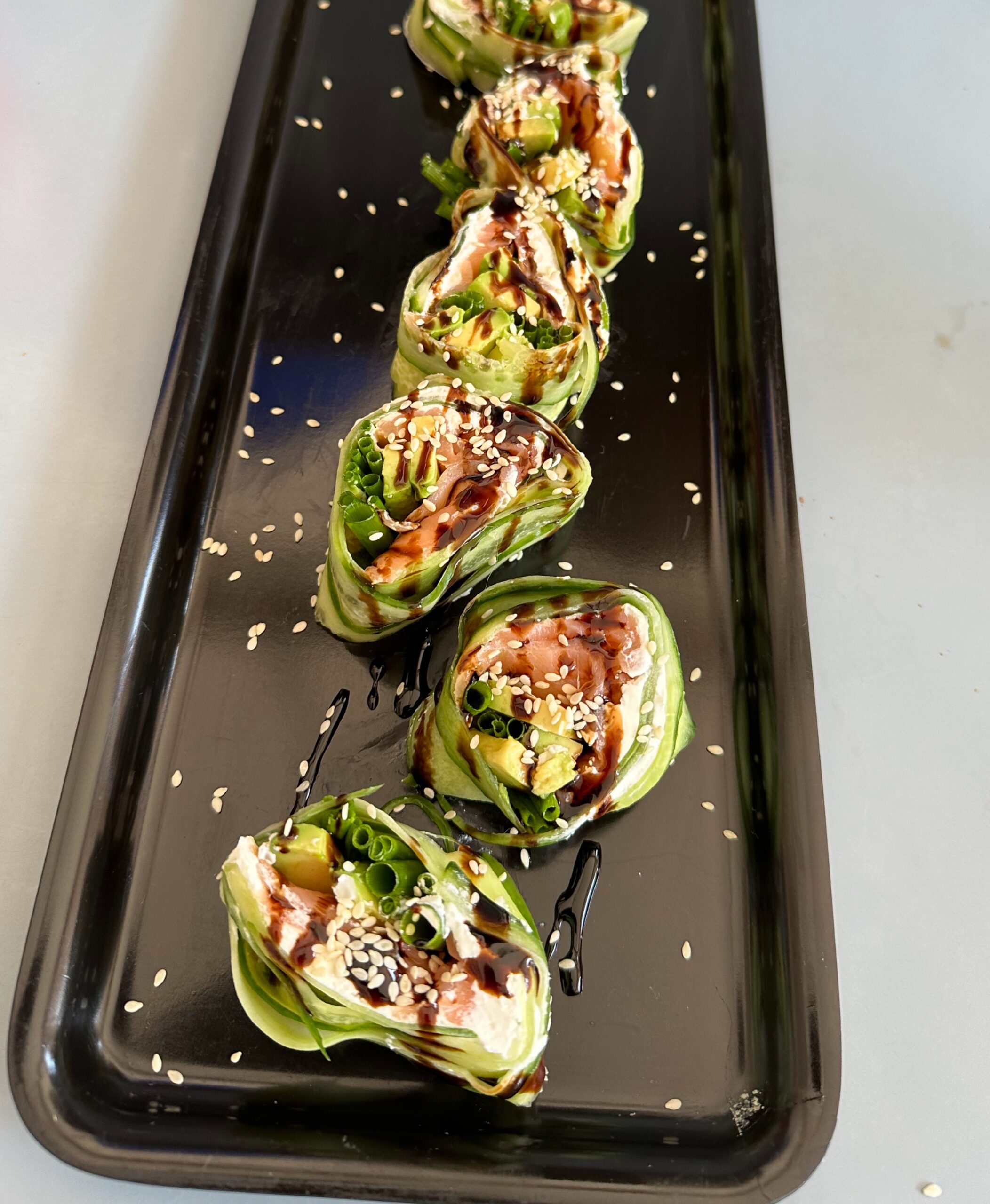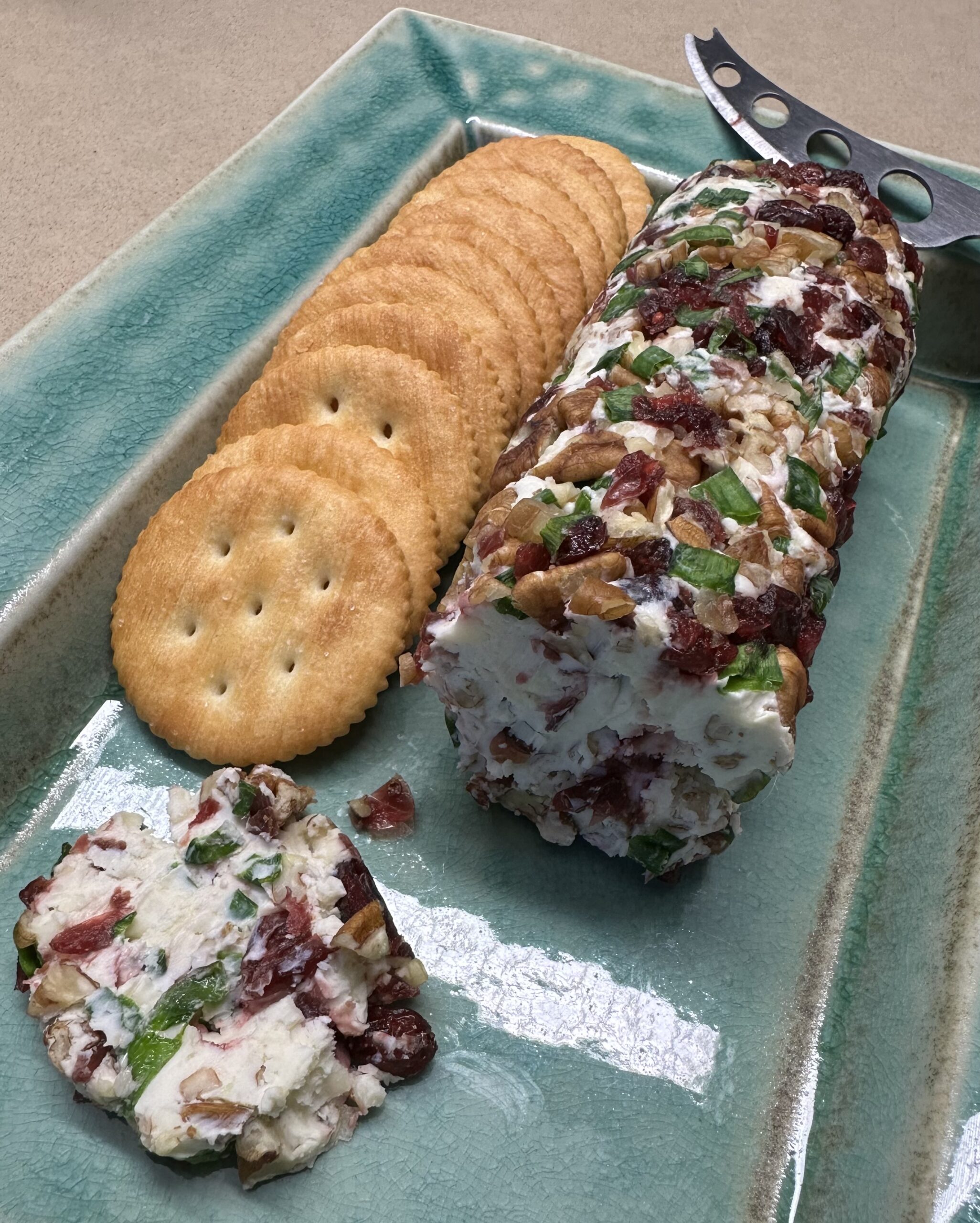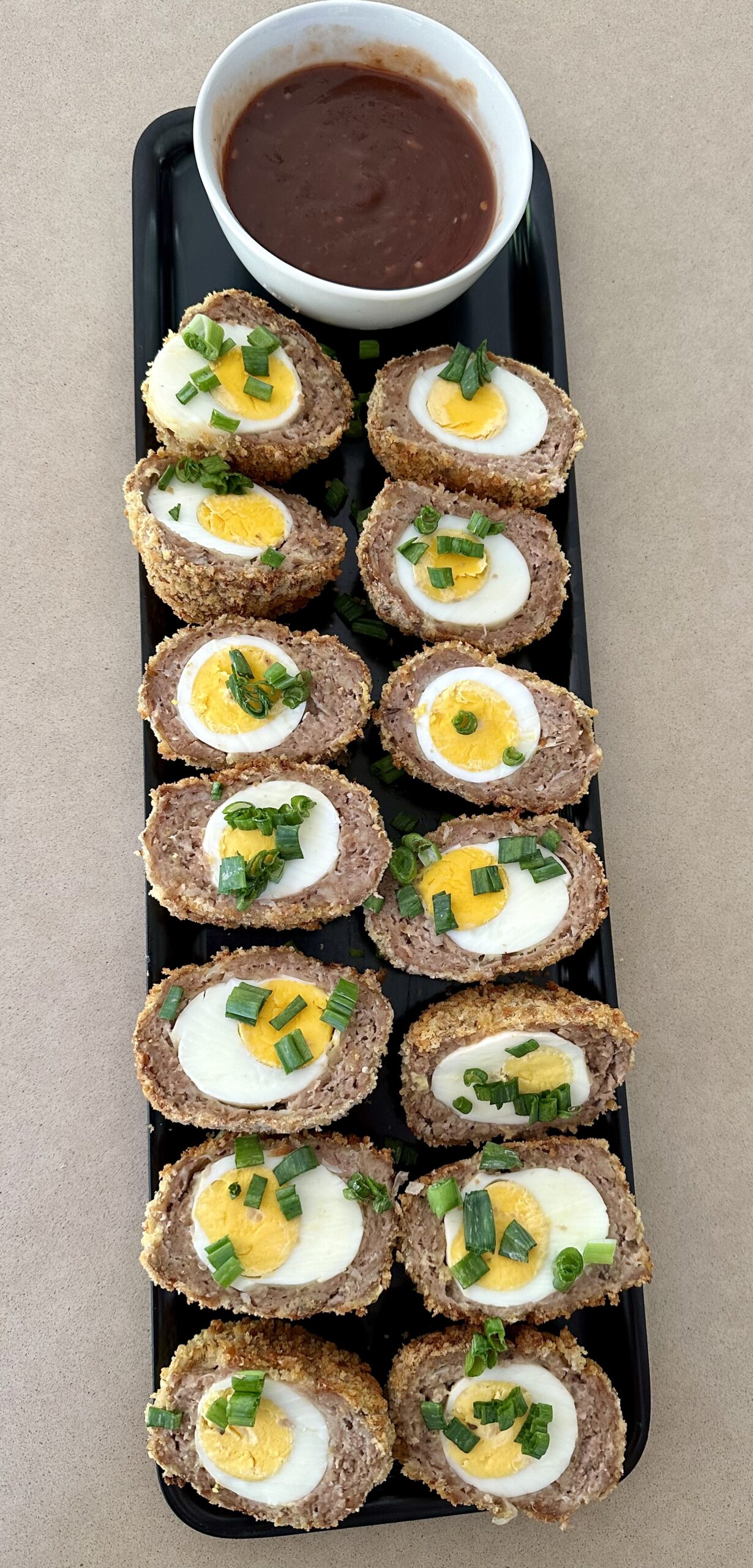Served with warm crusty bread this recipe is a real crowd pleaser, perfect for the holiday season. And it takes less than ten minutes to make.
Leftovers can be served on grilled salmon or chicken and it also makes a delicious topping for scrambled eggs. Crispy chill oil, an optional addition, comes in a jar and can be found in most Australian supermarkets. I reckon you’ll be making double the recipe next time.
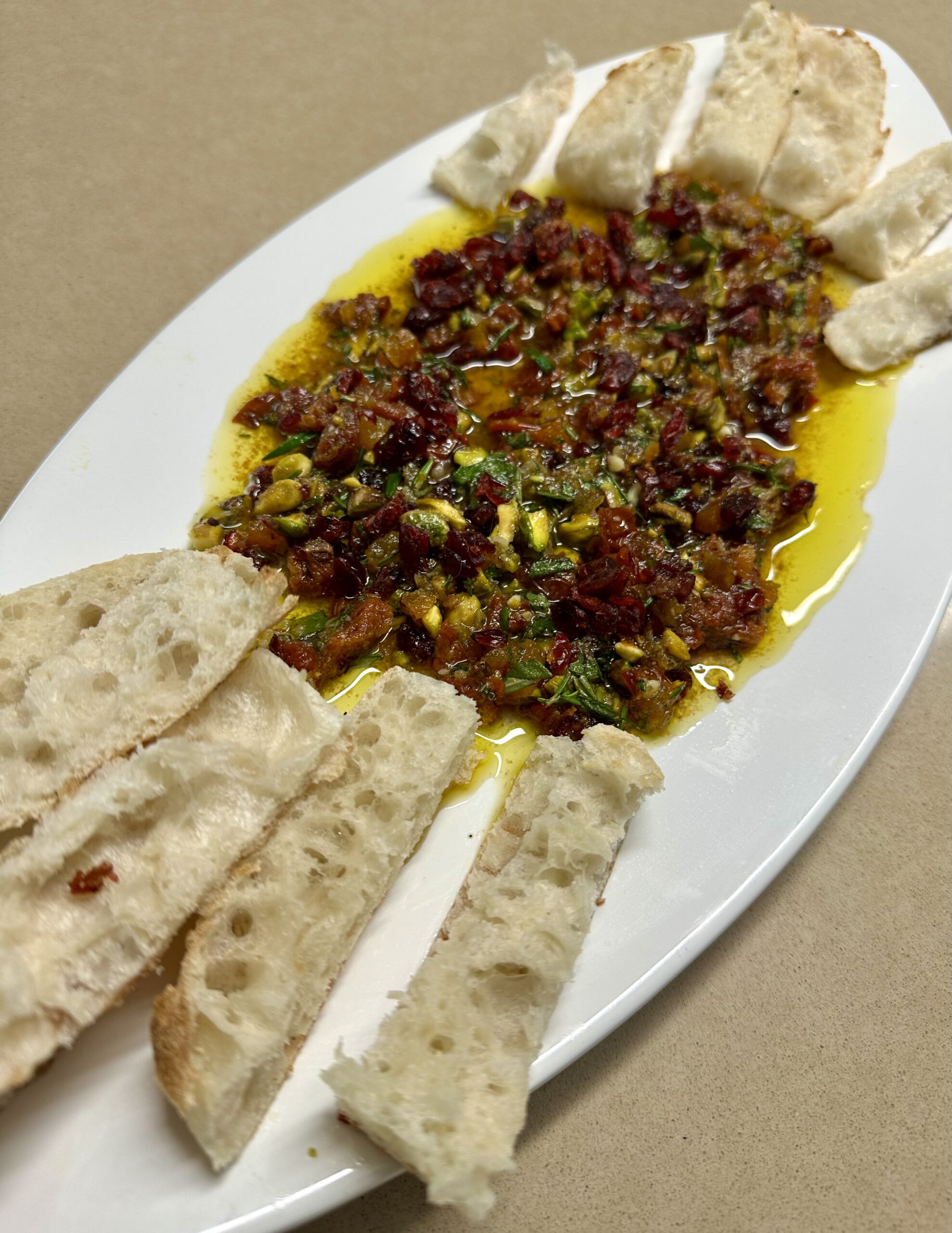
½ cup extra virgin olive oil
1 Tbs dried cranberries, chopped
1 Tbs dried apricots, chopped
2 Tbs pistachios, chopped
1/3 cup grated parmesan cheese
¼ cup sun-dried tomatoes, chopped
2 cloves garlic, crushed
2 Tbs rosemary leaves, chopped
1 Tbs sage leaves, chopped
1 Tbs crispy chilli oil, or to taste (optional)
Grated rind of 1 orange
1 tsp balsamic vinegar
A good pinch of salt
To serve:
Warm crusty bread such as focaccia (photo shows toasted Turkish bread)
Mix all the ingredients together, then spread out on a shallow serving dish and surround with fresh or toasted bread.
Any leftover will keep for at least a week in the refrigerator in a covered container.

